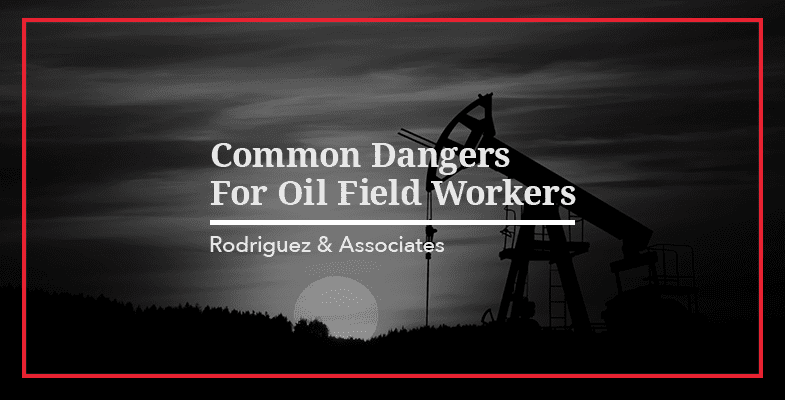Employees are involved in workplace injuries every day. According to a recent report from the Bureau of Labor Statistics, there were 3 million workplace injuries and illnesses in 2015, or a rate of 3 for every 100,000 employees in the United States. Some jobs are naturally more dangerous than others, and the oil and gas industry is near the top of the list. The same report found that oil and gas workers sustain injury at a rate five times that of the general population. The rate of oil and gas field injuries is rising – up 27 percent from 2014.
Deepwater Horizon – Only the Tip of the Iceberg
BP made national headlines in 2010 when the Deepwater Horizon station went up in flames, killing 10 workers and dumping millions of gallons of oil into the Gulf region. The area still feels the impact of the incident today. But this media attention–grabber is only part of the story. Onshore drilling is one of the most dangerous jobs of all, routinely killing or injuring workers.
An investigative report from the Houston Chronicle found that the federal government fails oil and gas employees. Between 2007 and 2012 – considered the beginning of the “fracking boom” – 663 oil and gas workers lost their lives on the job. Nearly half of these were in Texas. In 2012 alone, there were 65 workplace deaths and 82 crush injuries, 79 dismemberments, 92 burns, and 675 broken limbs.
The federal government is largely to blame for failing to prevent these deaths. The Chronicle report highlighted some of the worst offenses:
- The federal government has not implemented safety standards and procedures for onshore drilling in 22 years, even as offshore drilling incidents such as Deepwater Horizon had health and safety officials clamoring for more oversight.
- The Occupational Health and Safety Administration is only required to investigate incidents that involve loss of life or require at least three workers to be hospitalized. These investigations accounted for only 150 of the 18,000 injuries and illnesses in Texas between 2007 and 2013.
- When OSHA did conduct an investigation, they found safety violations in nearly 80 percent of accidents in Texas alone. They also concluded that many could have been prevented with safer equipment or procedures.
What Are the Most Dangerous Tasks on the Job?
Oil workers are vulnerable to all manner of injury, but the most common are not what you might think. While explosions catch national headlines, the most dangerous tasks in the industry are:
1. Driving
Most workers aren’t killed in the fields or on the rig, but on the highway. According to a New York Times report, more than 300 workers have been killed on the highway in the past decade. The publication cited the case of Timothy Roth, who began a four-hour commute back to his home in West Virginia after completing a 17-hour shift in the field. Just 10 minutes in, the driver fell asleep and crashed into a highway barrier. He was killed instantly.
The federal government does not regulate duty hours as they do for truck drivers. In fact, many oil workers are expected to make hours-long commutes after working shifts that exceed 15 hours.
2. Operating Heavy Machinery
Oil and gas companies use heavy equipment such as derricks, drillers, and hoists on a regular basis. Combine this with fatigue from working long shifts, and you have a recipe for disaster.
Oil and gas workers suffer dismemberment, broken bones, and crush injuries regularly – and none of these incidents make the national news. Our federal government must take steps to protect these vulnerable workers and decrease the number of preventable injuries and deaths.
If you or a loved one has been injured while working as an oil or gas worker near Bakersfield, contact the personal injury firm of Rodriguez & Associates for experienced and skilled legal representation.
